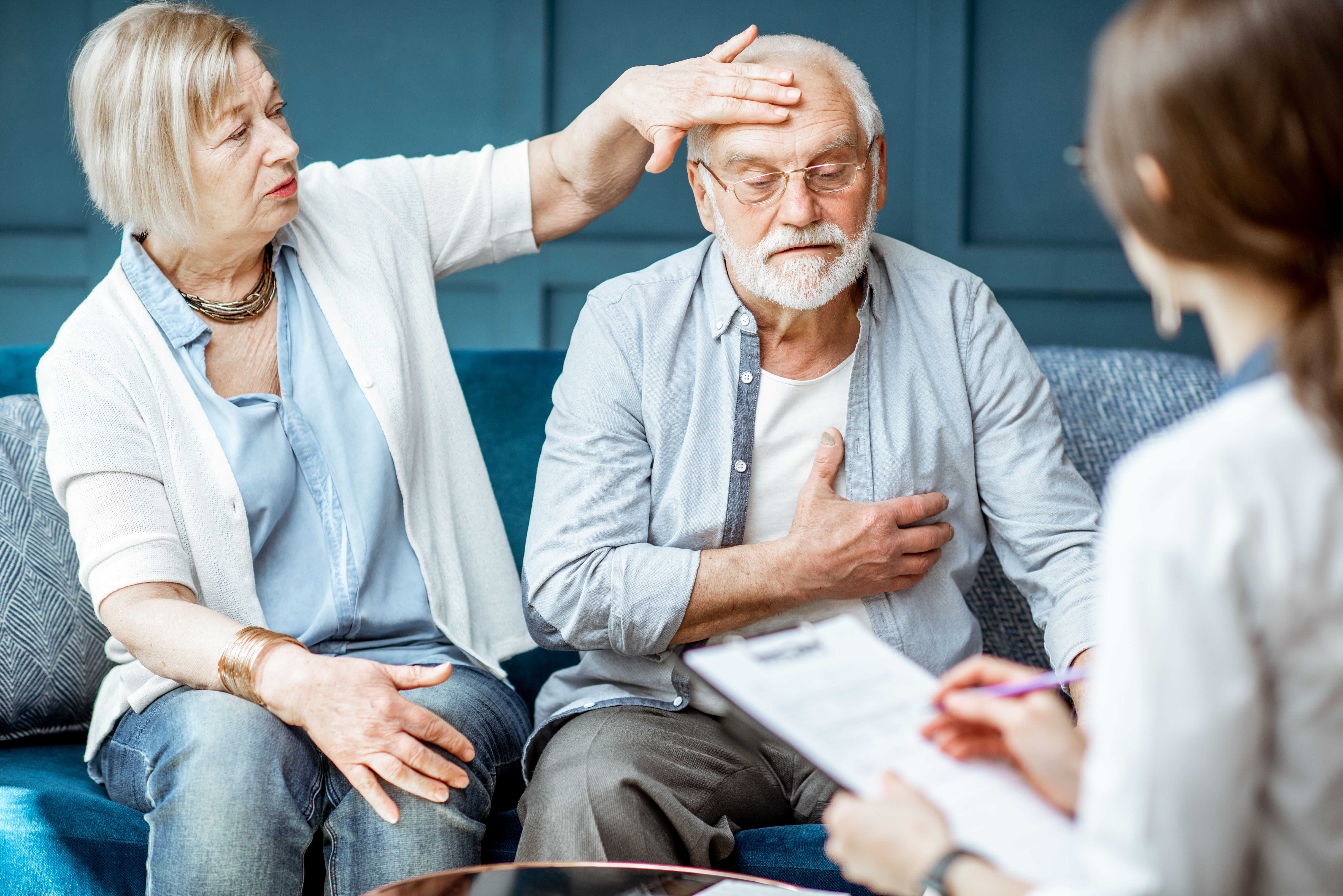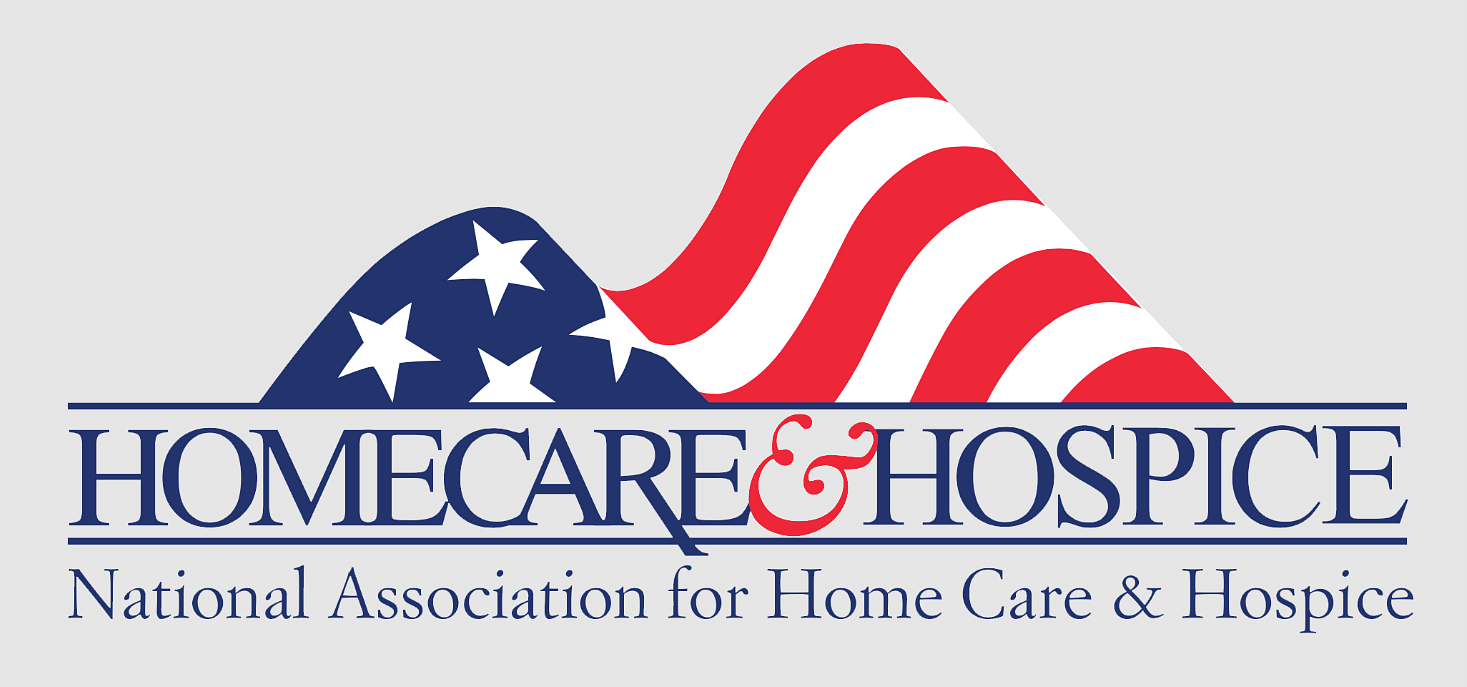Signs of Decline After Stroke
A stroke can profoundly impact a person’s life, altering not only their physical health but also their emotional well-being and cognitive function. In the aftermath, many families focus on recovery and rehabilitation, hopeful for improvements over time. For some stroke survivors, rehabilitation leads to meaningful progress. but for others, especially those with significant neurological damage or underlying health conditions, recovery may plateau or even reverse.
Recognizing the signs of decline after a stroke is crucial for families who want to ensure their loved one receives the right kind of care at the right time. While it can be difficult to accept that a loved one may be nearing the end of life, understanding the difference between recovery and decline allows families to make informed, compassionate decisions. At Anvoi Hospice, we help families navigate these sensitive transitions, offering expert guidance and support when comfort becomes the focus of care.

Understanding Stroke Recovery vs. Decline
What Stroke Recovery Looks Like: Recovery after a stroke often occurs gradually, especially in the first six months to a year. With physical therapy, occupational therapy, and strong support systems, many stroke survivors regain some mobility, speech, or independence.
Signs of recovery include improved strength, better communication skills, increased participation in daily activities, and overall physical or emotional progress. Even small improvements can be meaningful, and patients in recovery often show steady, even if slow, forward momentum.
What Stroke Decline Looks Like: Decline, on the other hand, refers to a gradual or sudden worsening of a patient’s physical or mental condition. This can happen as a result of complications from the original stroke, new health challenges, or the body’s inability to bounce back.
Instead of showing progress, patients may become more dependent, less communicative, and increasingly fatigued. This shift can signal the need for comfort-focused care, such as hospice, especially if the decline affects quality of life and safety.
6 Common Signs of Physical Decline After Stroke
1. Loss of mobility and strength: Stroke survivors who were once able to walk with assistance may now struggle to stand or move on their own. This loss of mobility can lead to greater dependence and a higher risk of injury.
2. Frequent falls or instability: If your loved one begins falling regularly or losing their balance, it may point to worsening coordination or muscle weakness. These incidents can result in hospital visits or serious injuries like fractures.
3. Trouble swallowing (dysphagia): Difficulty swallowing often leads to choking episodes or aspiration pneumonia, a potentially life-threatening condition. As swallowing becomes more difficult, patients may also eat less or avoid food altogether.
4. Unintentional weight loss: A noticeable drop in weight can stem from reduced appetite, difficulty chewing or swallowing, or increased fatigue. This type of weight loss is often a sign of overall physical decline.
5. Recurring infections: Infections such as urinary tract infections, pneumonia, or bedsores may occur more frequently. These health problems tend to indicate a weakened immune system and reduced resilience.
6. Increased fatigue and sleep: Stroke survivors in decline often sleep most of the day and show limited interest in their surroundings. This growing fatigue may reflect the body’s reduced energy and slowing systems.
Cognitive and Emotional Changes to Watch For
- Worsening memory loss or confusion
- Disorientation to time, place, or familiar faces
- Difficulty speaking or understanding others
- Agitation, anxiety, or restlessness
- Withdrawal from social interactions or favorite activities
- Depression, sadness, or emotional numbness
5 Medical and Neurological Red Flags
1) Frequent hospitalizations or emergency room visits: If a stroke survivor is repeatedly admitted for infections, falls, or other complications, it may signal a larger pattern of decline. These events often point to the body's decreasing ability to recover and maintain stability.
2) New or worsening seizures: Seizures can develop or intensify after a stroke, especially if additional brain damage occurs. They may be a sign that the neurological condition is progressing beyond recovery.
3) Chronic pain that is hard to manage: Pain following a stroke such as joint stiffness, muscle spasms, or nerve pain may become more intense or widespread. When pain limits daily function despite treatment, it could be a sign that palliative or hospice care is needed.
4) Changes in vital signs or organ function: Irregular breathing, unstable blood pressure, or reduced kidney function can indicate the body is no longer able to regulate itself. These changes often appear in the later stages of decline.
5) Significant cognitive decline or unresponsiveness: A sudden drop in awareness, responsiveness, or communication ability may suggest the brain is shutting down. This level of decline can be especially distressing and may be a sign that end-of-life care should be considered.
When to Consider Hospice After a Stroke
When a stroke survivor begins showing consistent signs of physical, emotional, or cognitive decline, it may be time to shift the focus from recovery to comfort. Hospice care is designed for patients with a life expectancy of six months or less, and it centers on quality of life rather than curative treatments. If your loved one is no longer improving with rehabilitation, is becoming increasingly dependent, or has been told by their physician that they are unlikely to recover further, hospice can offer the support and dignity they deserve during this phase.
At Anvoi Hospice, we understand that this decision can be emotional and overwhelming. Our team works closely with families to assess the patient’s condition, discuss goals of care, and create a plan that prioritizes comfort, pain relief, and emotional peace. Stroke survivors in hospice receive skilled nursing, medication management, emotional and spiritual counseling, and caregiver support either in the home or in a care facility. Choosing hospice does not mean giving up; it means making sure your loved one is cared for with compassion and respect through every stage of their journey.
Let Compassion Take the Lead
If your loved one is showing signs of decline after a stroke, you don’t have to navigate this journey alone. Anvoi Hospice is here to offer expert care, emotional support, and peace of mind during life’s most delicate moments. Contact us today to learn how our hospice services can bring comfort, dignity, and clarity to the days ahead.









